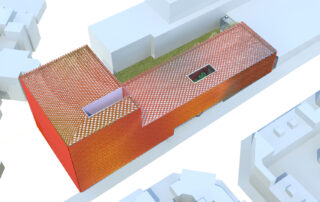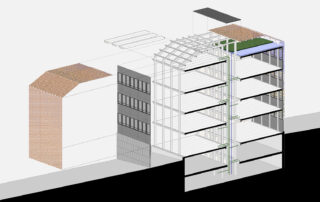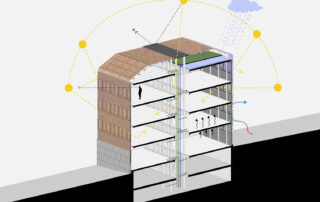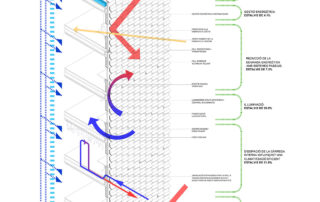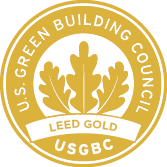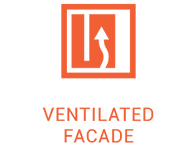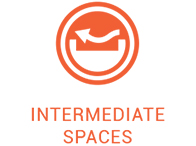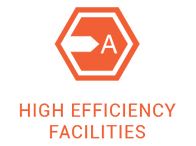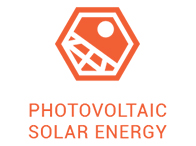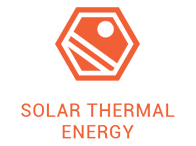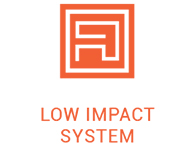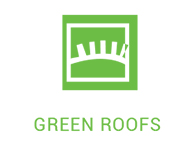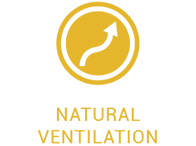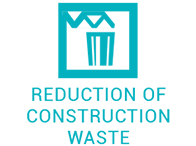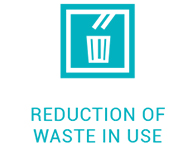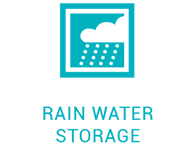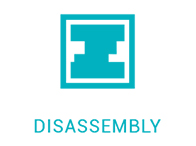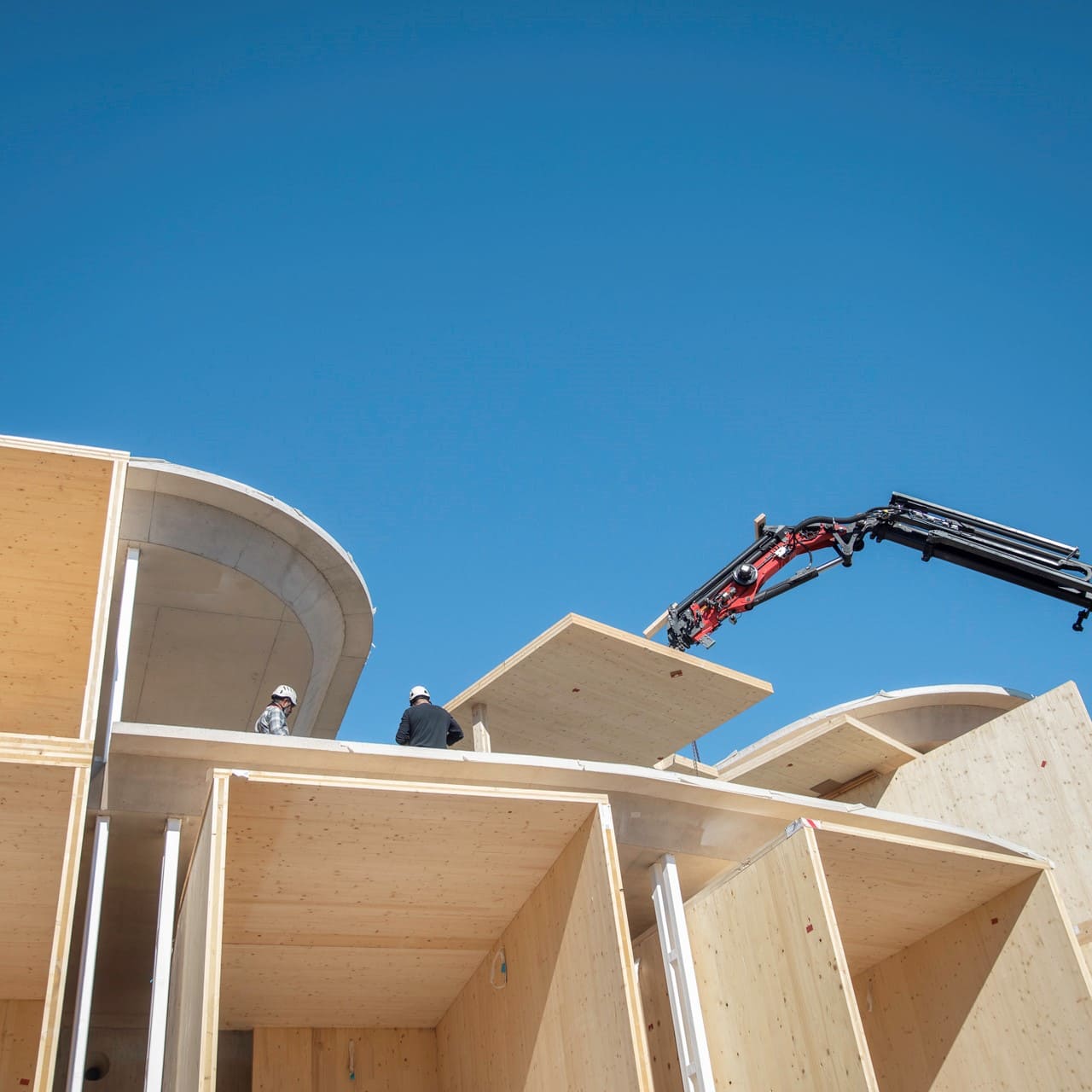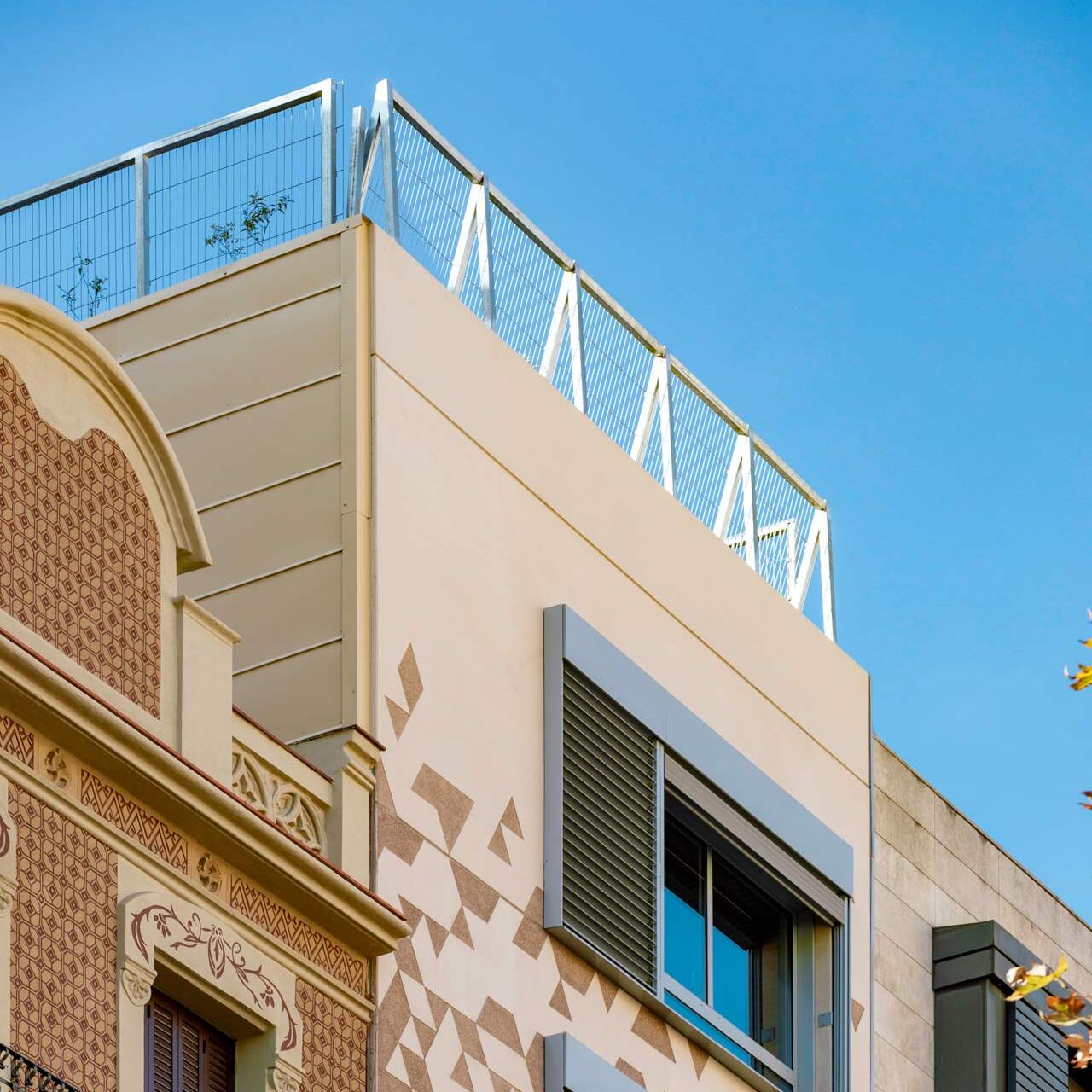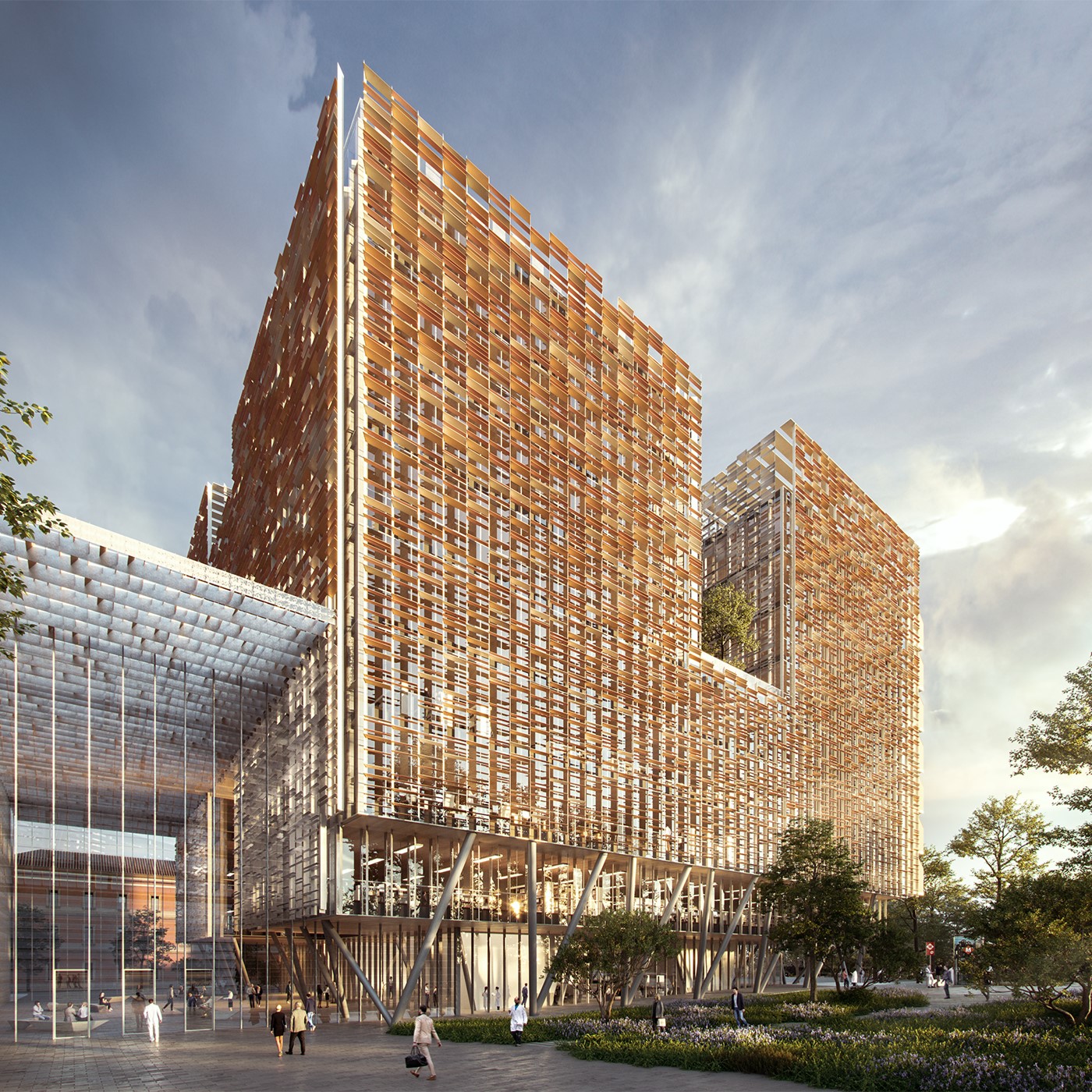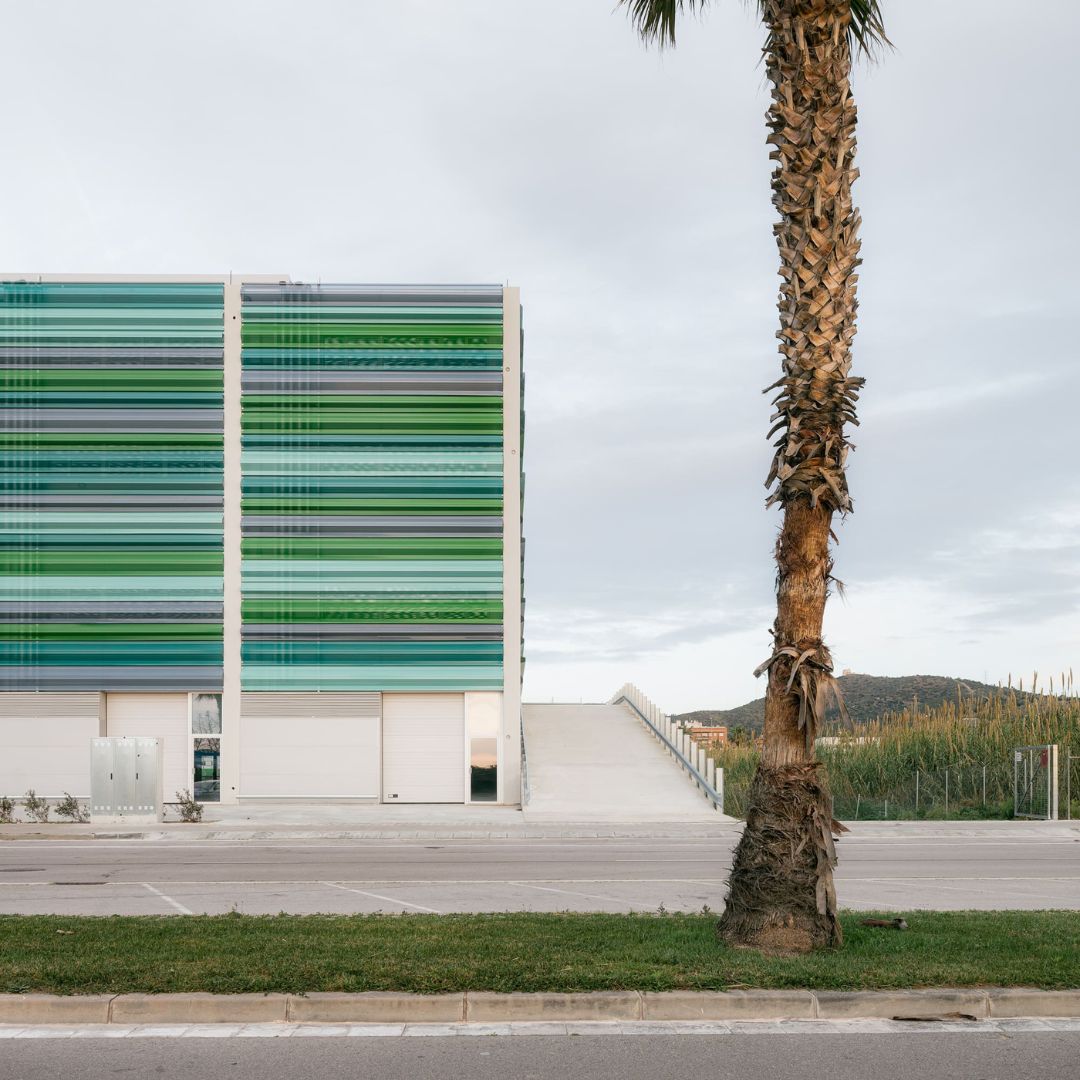Sant Pau Research Institute
Barcelona, Spain
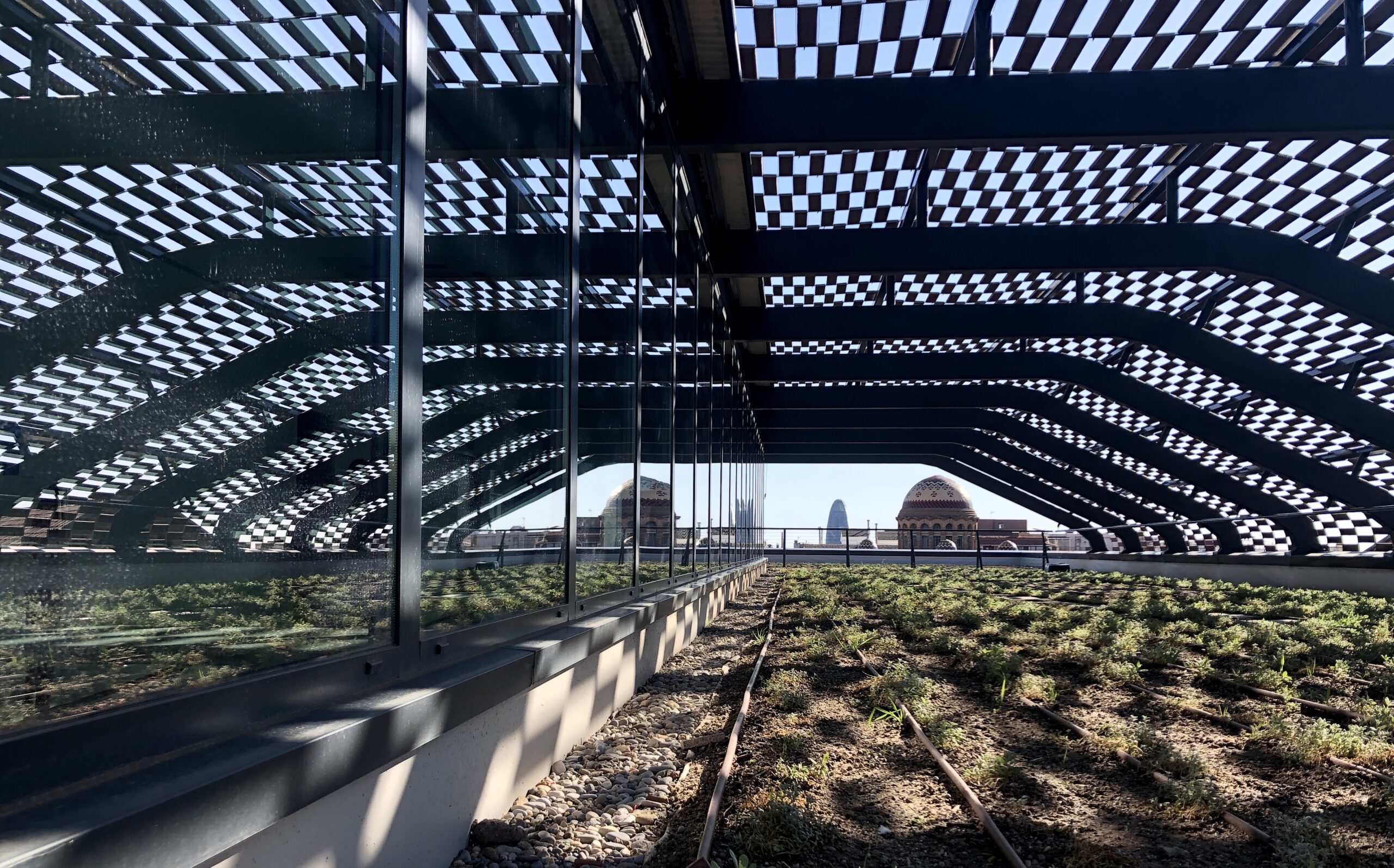
Energy
label
CO2 emissions
reduced/year
ahorro 31.5 kg CO2 /m2 año
respecto a un edificio de referencia de la misma tipología
Energy saved
annually
48,5 kWh/m2 year
Project details
Location: Barcelona, Spain
Year: 2018
Surface: NA
Status: Built
Typology: Tertiary
Category: Collaboration R+D, Applied sustainability, Environmental certifications
Certifications
LEED “GOLD” Certification (developed in collaboration with anthesis / lavola GROUP).
Verification and calculation of energy demand from the Energy Plus simulation.
Radiance lighting simulation.
Project R&D+i: Ceramic skin of Sant Pau Research Institute
Sustainable Development Goals
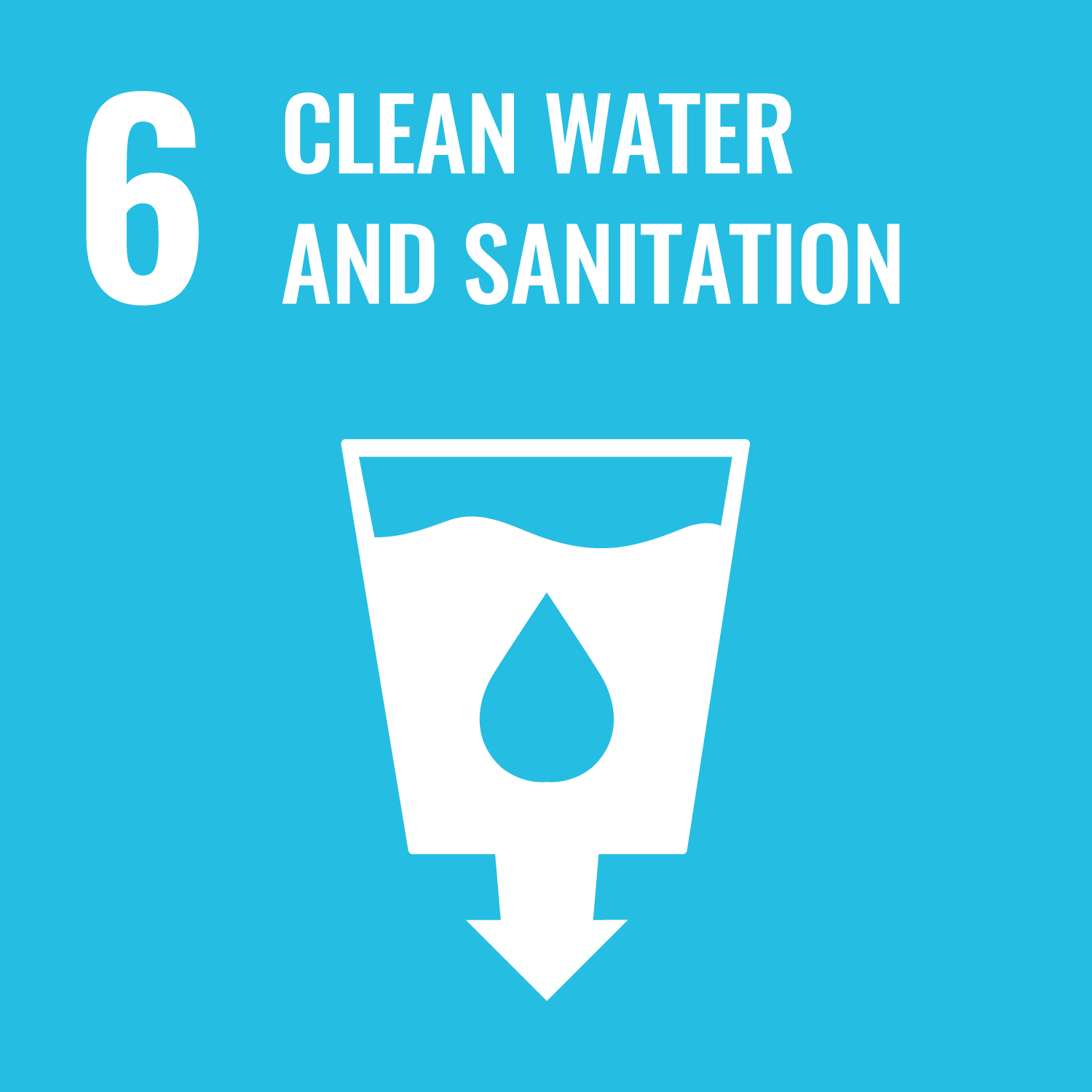
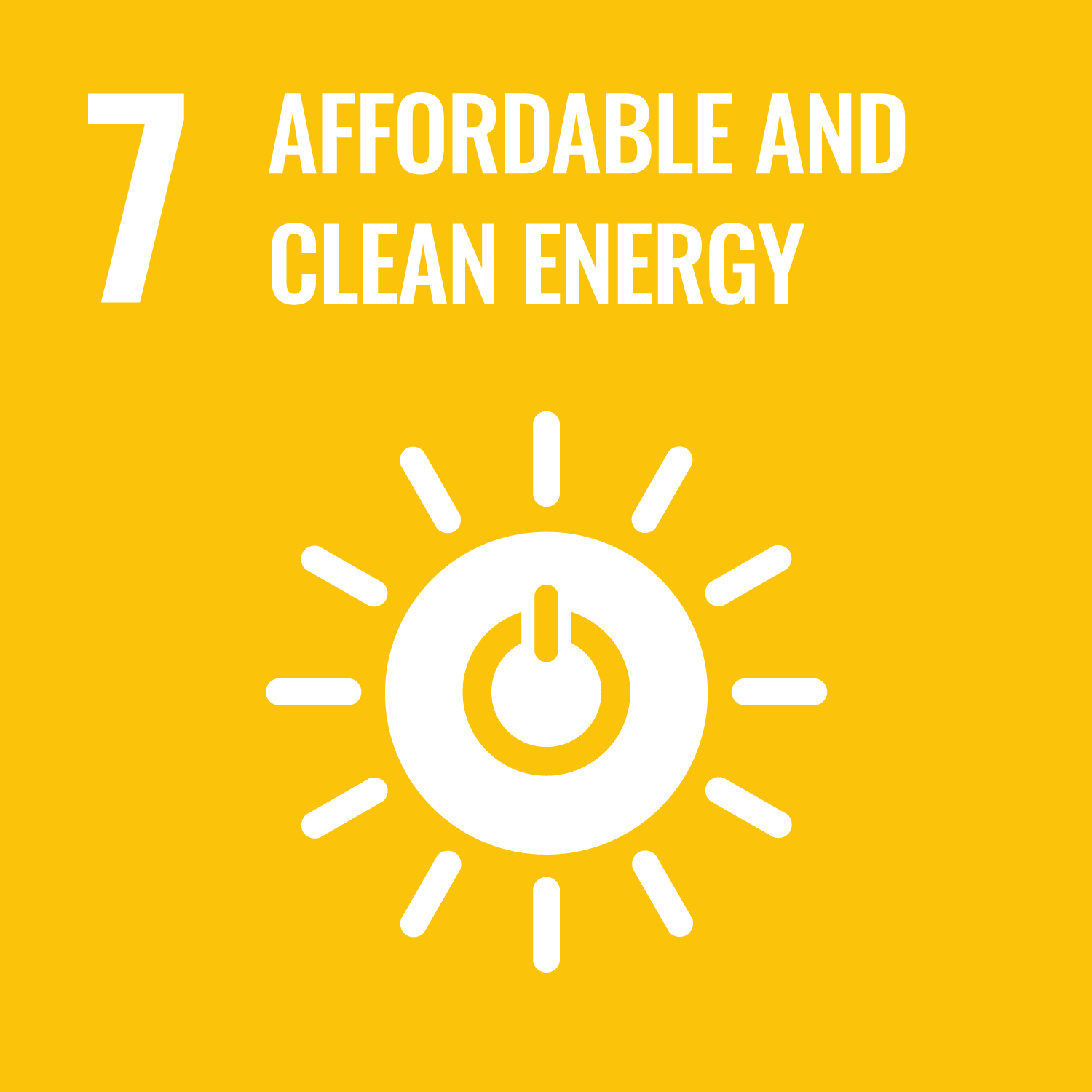
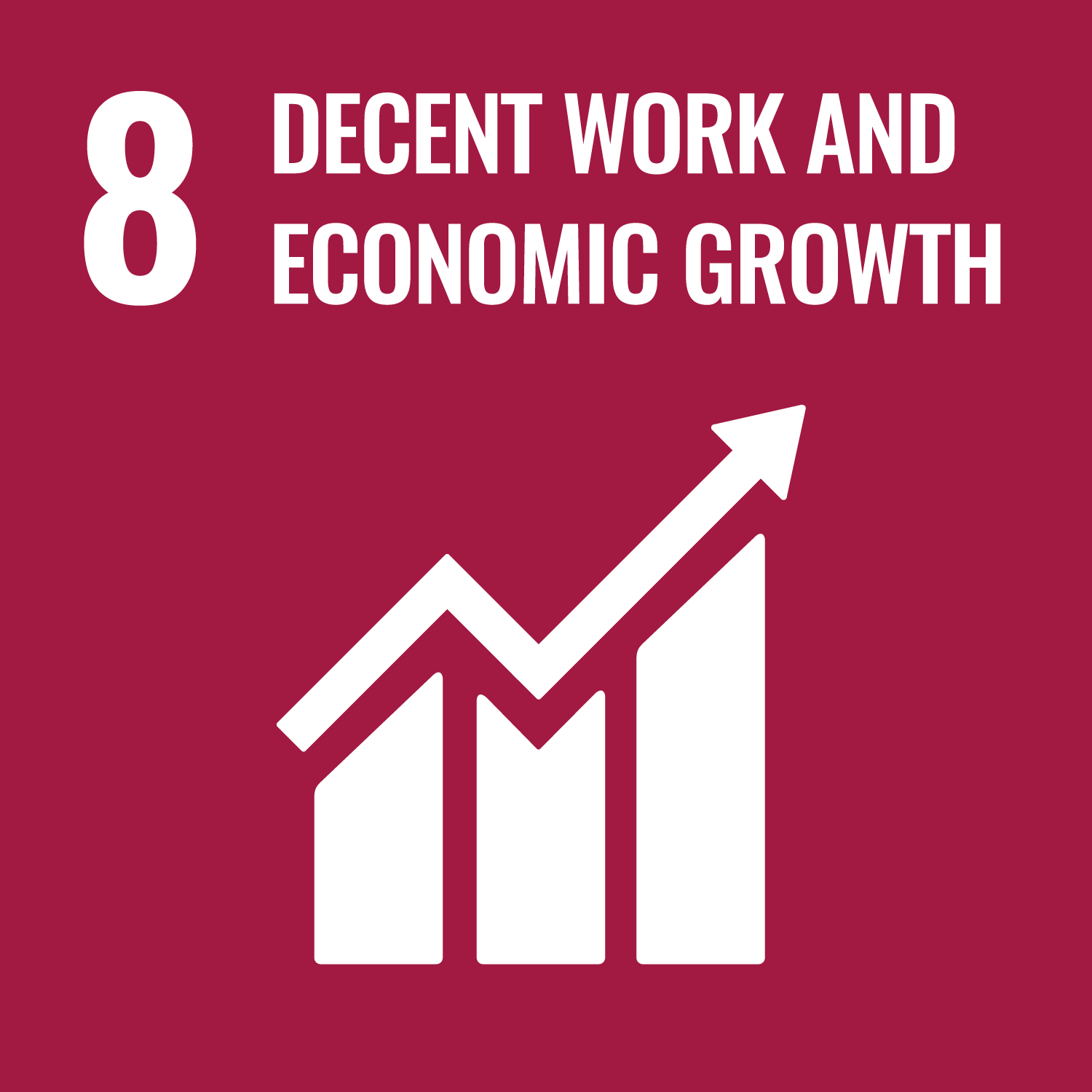
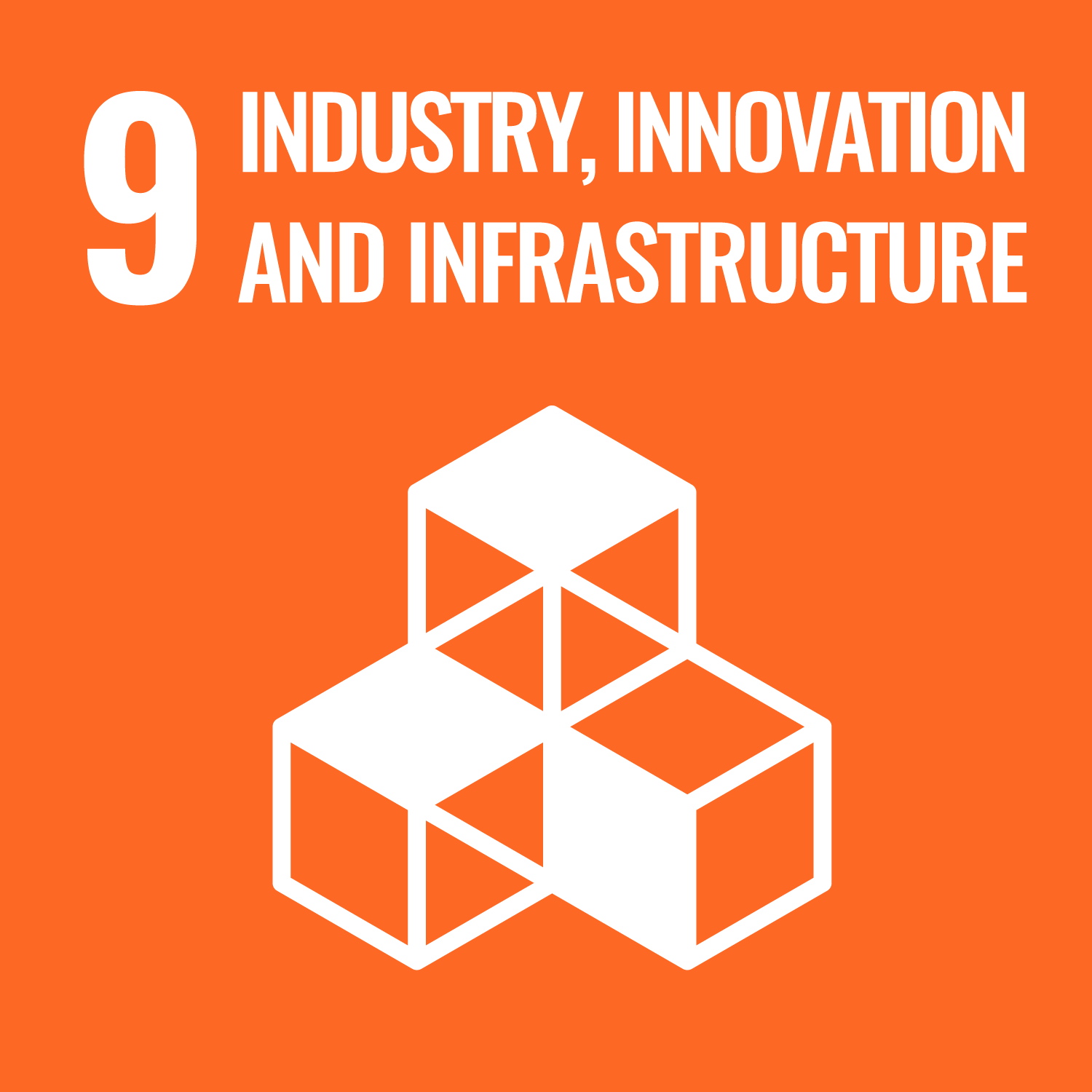
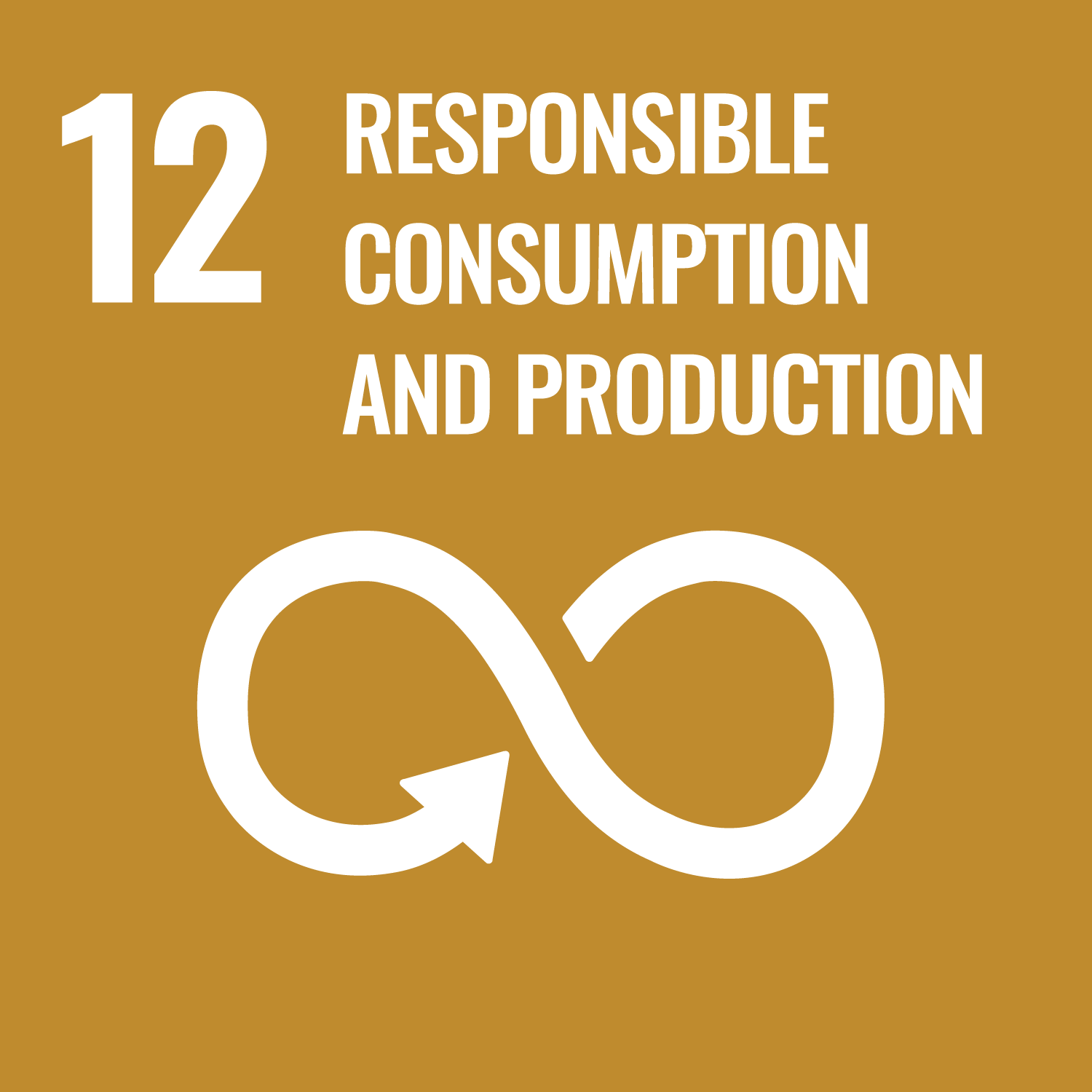
Purposeful analysis of bioclimatic and environmental aspects
Objective: to achieve the maximum possible benefits with the minimum environmental, material and economic cost
The new Sant Pau Research Institute is a building where research and construction technology has been incorporated into all architectural and construction design processes, to achieve the maximum possible benefits with the minimum environmental, material and economic cost.
The envelope as a bioclimatic element
The envelope is optimized so that the air conditioning only has to compensate for the internal loads of the building. They consist of:
- A ventilated polychrome ceramic skin glazed on the inside. They have a double function: ventilated façade and solar protection slats. Their arrangement is studied according to orientation.
- Behind this ceramic skin there is a curtain wall of sheet metal and rock wool sandwich panels and carpentry with good thermal behaviour.
- A covered cistern with vegetation restores the impact of its construction, avoids the heat island, stores rainwater, generates a space for coexistence and protects the building thermally and acoustically.
- Some interior patios are conductors of natural light, allow cross ventilation.
Energy and use resources
The building has obtained the maximum energy savings, with an A energy certification, and the minimum environmental impact and a LEED GOLD certification
- The interior patios channel the primary air, they are the accessible passage of the facilities.
- The air conditioners have a heat recovery system and can operate in free-cooling mode.
- A centralized facility management system allows detecting malfunctions and taking corrective actions in case of detecting deviations in consumption and anticipated savings.
- The building has a field of thermal and photovoltaic solar panels on the roof.
- The building was designed with eco-efficiency strategies that would allow a global saving of 62% in energy consumption (kwh) with respect to a reference building of the same typology that complies with the regulations, reducing the consumption ratio to 48.5 kwh / m2 year).
- It was also designed so that CO2 emissions would have a saving of 62% with respect to the reference building (31.5 kg co2 / m2 year).
Circular economy as a response to sustainability
- It is a removable building. Integrated by components manufactured in the workshop and assembled on site. This makes it possible to control the qualities, minimize waste and energy, increase the safety of the construction and make it possible to dismantle the components.
- It’s a convertible building. The flexibility in adapting to future modifications of use is total. Ensuring that it can be fully renovated in the future substantially extends the useful life of the building.
- Reduces the impact of materials. All the elements that have not proven a clear added value have been eliminated.
Contribution to the SDGs
Level of influence: ● ● ● Direct – ● ● ○ Medium – ● ○ ○ Indirect

6. Clean water and sanitation
● ● ● 6.3 Improve water quality. Reduce pollution and wastewater.

7. Affordable and clean energy
● ● ● 7.2 Increase in renewable energy.
● ● ○ 7.3 Double the global rate of improvement in energy efficiency.

8. Decent work and economic growth
● ● ○ 8.2 Raise productivity through diversification, technology and innovation.

9. Industry, innovation, and infrastructure
● ● ○ 9.1 Sustainable infrastructure development.
● ● ● 9.4 Infrastructure modernization, clean technology.
● ● ● 9.5 Increase in scientific research, and technological capacity.

12. Responsible consumption and production
● ○ ○ 12.4 Management of waste and chemical products.
● ● ○ 12.5 Waste prevention, reduction, recycling and reuse.
● ○ ○ 12.8 Ensure education for sustainable development.
